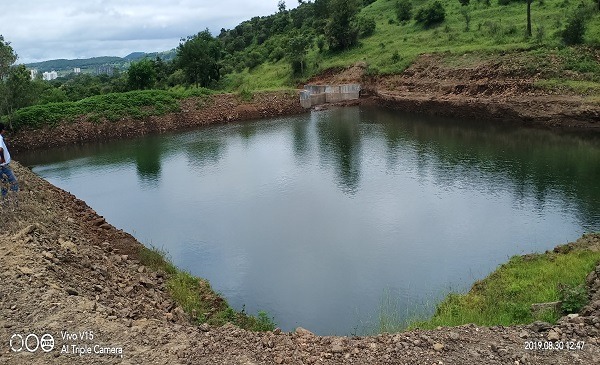India, being a country with a vast population and diverse climatic conditions, faces various challenges in managing water resources. Water scarcity and inefficient water management are significant concerns in many parts of the country. To address these issues and promote water conservation, several water-saving systems have been implemented in India. Here are some examples:
- Rainwater Harvesting: Rainwater harvesting is a widely adopted water-saving system in India. It involves collecting and storing rainwater for future use. Many residential buildings, commercial complexes, and public institutions have installed rainwater harvesting systems to recharge groundwater and meet non-potable water needs such as gardening, washing, and toilet flushing.
- Drip Irrigation: Drip irrigation is an efficient agricultural irrigation technique that saves water by delivering water directly to the plant roots in small, measured amounts. This system reduces water wastage through evaporation and runoff compared to traditional flood irrigation methods. Drip irrigation has gained popularity in India, particularly in areas with limited water availability.
- Water Recycling and Reuse: Water recycling and reuse systems have been implemented in various sectors, including industries, commercial buildings, and households. These systems treat wastewater through processes such as filtration, disinfection, and reverse osmosis to make it suitable for non-potable uses like irrigation, industrial processes, and flushing toilets. By reusing treated water, the demand for fresh water can be reduced significantly.
- Dual Flush Toilets: Dual flush toilets have become increasingly common in India as they offer two options for flushing—full flush and half flush. The half flush option uses less water and is suitable for liquid waste, while the full flush option is used for solid waste. By using dual flush toilets, significant amounts of water can be saved compared to conventional toilets.
- Waterless Urinals: Waterless urinals are designed to eliminate the use of water for flushing in public and commercial washrooms. These urinals use a specialized cartridge or trap system that prevents odor and conserves water. They have been installed in various public places and commercial buildings to save water and reduce the strain on water supply systems.
- Smart Water Meters: Smart water meters are digital devices that monitor and provide real-time data on water consumption. They help consumers and water supply agencies track usage patterns, detect leaks, and encourage efficient water management. Smart water meters are being deployed in some cities in India to promote water conservation and reduce wastage.
- Educational Campaigns: Various educational campaigns and awareness programs are conducted by the government, NGOs, and other organizations to educate people about water conservation practices. These campaigns aim to raise awareness about the importance of saving water, efficient water use, and the adoption of water-saving systems.
These are just a few examples of water-saving systems implemented in India. Efforts are being made at various levels to promote sustainable water management and ensure the availability of water resources for future generations.



